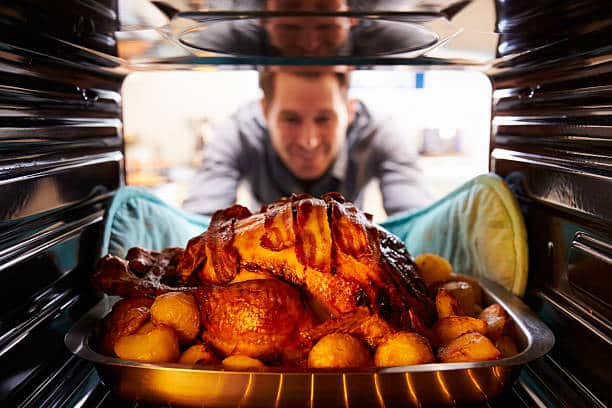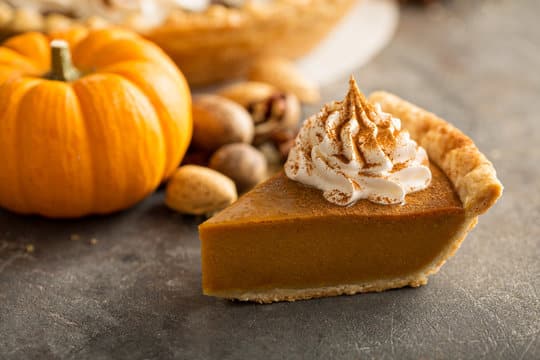
What’s not to love about Thanksgiving? There’s turkey, delicious sides, holiday cocktails, and dessert, all of which are enjoyed surrounded by friends and family so what could possibly be better? Oh, we don’t know, learning the science behind the whole thing? Okay, when we put it like that it sounds kinda nerdy, but we aren’t going to deny that. Let’s get started!
We can’t speak for you and yours, but you won’t find us at any Thanksgiving meal without an elastic waistband for that post-Thanksgiving meal nap. Now, you probably also grew up hearing that the reason behind that familiar lethargic feeling is tryptophan, which is an amino acid found in turkey, as well as other meats, cheeses, and nuts. The thing is, we’re actually consuming a lot of different amino acids during a Thanksgiving meal which weakens the effect. So the real reason behind Thanksgiving sluggishness is probably a combination of overeating, consuming all of those carbohydrates, and some well-deserved (okay, needed) recovery after a high-energy meal.
Yams and sweet potatoes aren’t the same things no matter how many family members can and will argue with you over that one. Yams and sweet potatoes look alike and can even taste similar, but in actuality diverged more than 120 million years ago. Yams are monocots that are native to Africa and Asia, while sweet potatoes were dicots domesticated in Central and South America.

Just don’t eat too many sweet potatoes or else you’ll start to turn orange. We aren’t kidding. Orange vegetables like sweet potatoes, carrots, and pumpkins are orange because of a pigment they contain called beta-carotene. While this pigment is usually good for you, if you eat too much of it, it enters the bloodstream and gets deposited under the skin. On the plus side, you would have to eat a lot of vegetables containing beta-carotene to end up looking like a real-life Oompa Looma.
It doesn’t get much more scientific than cooking and baking, even something as seemingly simple as browning a food is considered scientific. To ensure something is perfectly golden, you have to make sure there are amino acids because they are key to producing a perfectly cooked turkey or toasting marshmallows on top of sweet potato casserole. This particularly delicious chemistry phenomenon is called the Maillard reaction and it happens when amino acids and sucrose are heated to ~300 Fahrenheit. The reaction produces brown colors, that distinctly sweet flavor, and also help makes the room smell delicious.